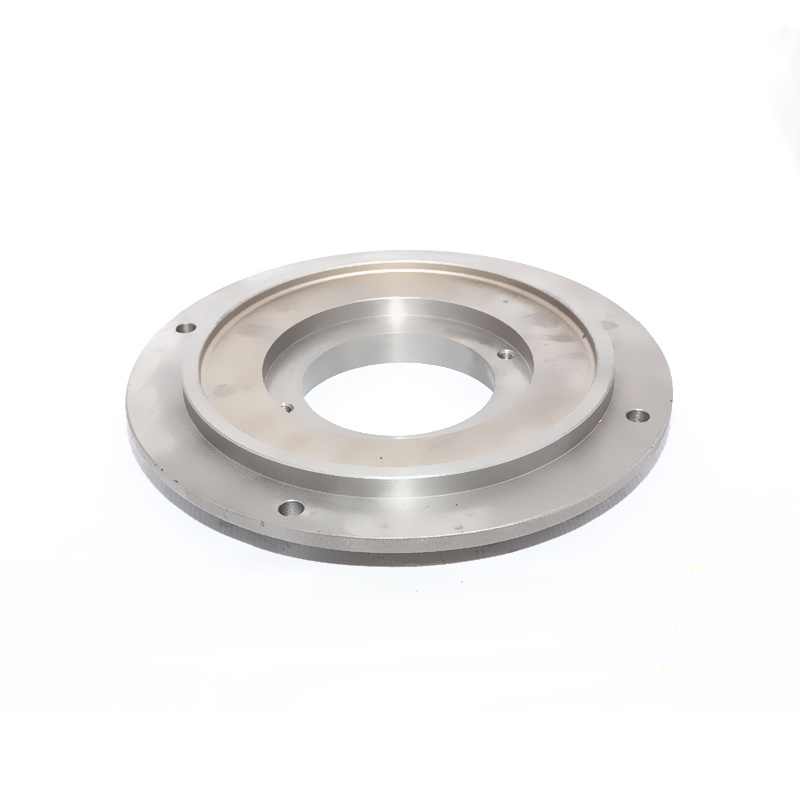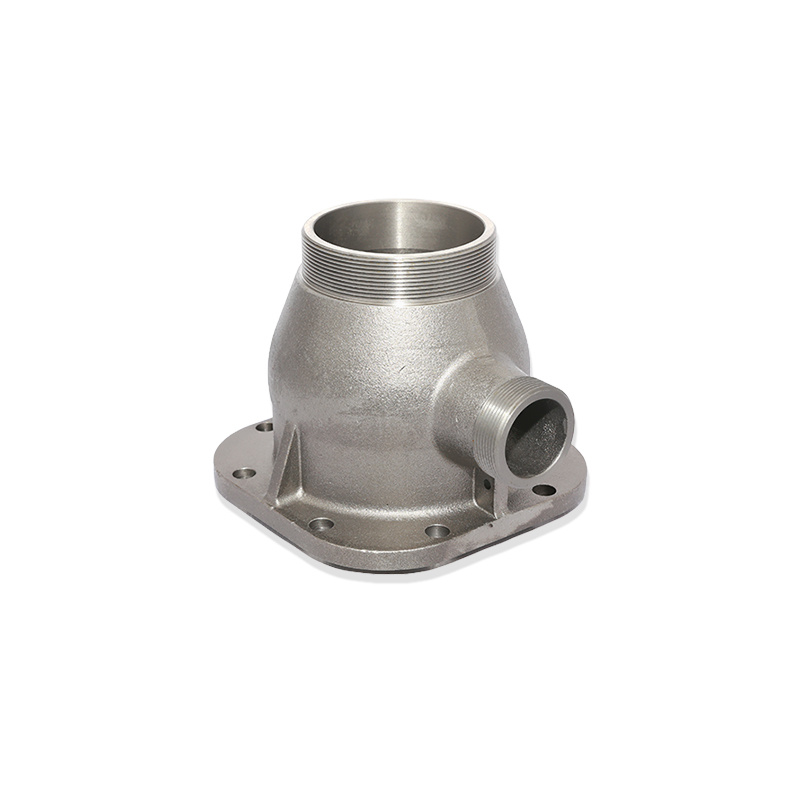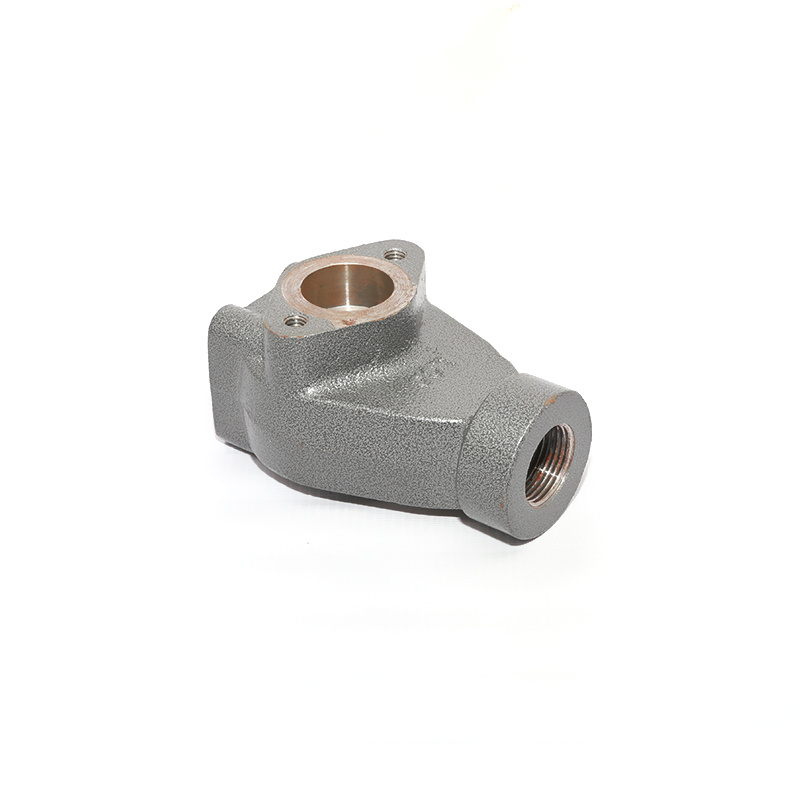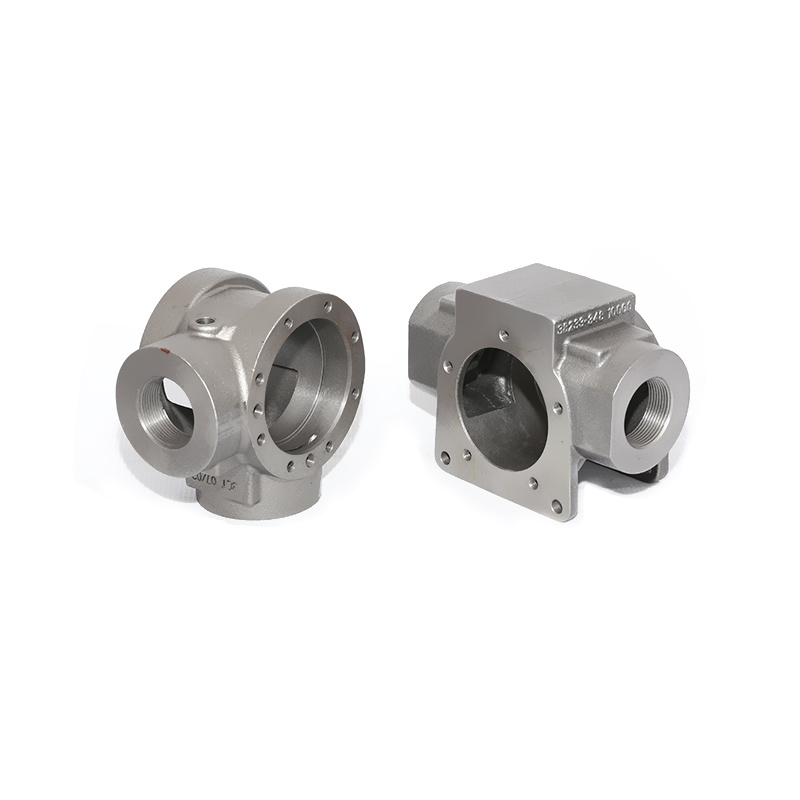Hydraulic Valve Repair Methods:
May 10,2024
In the actual use of hydraulic equipment, due to various factors, hydraulic valves may experience some failures, which adversely affect the normal use of hydraulic equipment. Therefore, repairing hydraulic valve failures through scientific and reasonable methods is an important means to ensure the normal operation of hydraulic equipment. As personnel managing and maintaining hydraulic equipment, one should have a detailed understanding of hydraulic valve repair methods and master them to effectively handle hydraulic valve failures and ensure the good operation of hydraulic equipment.
1. Cleaning the hydraulic valve
In the repair process of hydraulic valves, disassembly and cleaning of the hydraulic valve is the first step. In the actual use of hydraulic equipment, contamination of hydraulic oil can lead to sedimentation of the oil or the presence of particulate impurities in the hydraulic oil, which can cause hydraulic valve failures. Usually, these failures can be eliminated after disassembly and cleaning, allowing the hydraulic valve to restore its function. The disassembly and cleaning of hydraulic valves mainly include the following five aspects:
(1) Disassembly. For hydraulic valves, although most parts are connected by bolts, the design of hydraulic valves is non-disassemblable. If disassembly is forced without specialized equipment or professional skills, it may result in damage to the hydraulic valve. Therefore, before disassembly, maintenance personnel should understand the structure of the hydraulic valve and the connection relationships between various parts, and should record the positional relationships between different parts during the disassembly process.
(2) Inspection and cleaning. Inspect components such as the valve body and valve core, observe the dirt deposits, and use brushes, cotton cloths, and non-metallic scrapers to concentrate and remove dirt without damaging the working surfaces.
(3) Rough washing. Place the valve core and valve body on the cleaning box tray, heat and soak them, and use compressed air at the bottom of the cleaning box to stir up bubbles to remove residual dirt. If feasible, ultrasonic cleaning can be performed.
(4) Fine cleaning. First, perform high-pressure localized cleaning with the cleaning solution, then dry with hot air. Depending on the conditions of the enterprise, existing fresheners can be selected, and in some special cases, organic cleaning agents such as gasoline and diesel can be used.
(5) Assembly. Assemble according to the hydraulic valve schematic or the recorded assembly relationships during disassembly. Care should be taken during assembly to prevent damage to parts. Some original sealing materials may be easily damaged during disassembly, so they should be replaced during assembly.
2. Optional component combination maintenance
In the manufacturing process of hydraulic valves, to effectively improve assembly accuracy, most methods involve selection. That is, for a batch of parts, such as valve cores and valve bodies, the most reasonable selection should be made based on the actual gap size before assembly, ensuring that the valve core has good sliding and sealing performance. In other words, for hydraulic valves of the same model, there may be certain differences in the matching dimensions between the valve body and valve core. In actual use, when a company has a large number of failed hydraulic valves, all hydraulic valves can be disassembled and cleaned, inspected and measured, and then classified based on the test results, followed by a certain method of reassembly. After inspection, if wear is found between the valve body and valve core, but there are no serious scratches on the working surface or severe wear in local areas, an appropriate gap can be selected for reassembly of the valve body and valve core. If the gap between the valve body and valve core has increased compared to the gap in the product drawings, and the increase is within the range of 20% to 25%, certain measures should be taken to increase the size of the valve core, followed by repair studies. For conical valve groups, if the sealing between the conical valve and the contact surface is poor, the conical valve can automatically compensate for the gap under the action of a spring, so only grinding is needed. If the wear between the valve body and valve core is uneven or there are scratches on the working surface, and the above methods do not restore the function of the hydraulic valve effectively, then the selection of the valve body and valve core should meet the requirements of processing allowance. For the valve body hole, appropriate grinding and milling of the valve core should be performed to ensure reasonable shape accuracy and assembly gap.
3. Dimensional restoration maintenance
In the maintenance and repair process, there are many types of hydraulic valve repairs, among which the brush plating repair method is widely used. This method is also known as electroplating repair. For the electroplating maintenance method, the repair thickness is reasonably within 0.12 mm, which basically meets the requirements for uniformly worn hydraulic valves, and further processing is still required after repair. In electroplating maintenance, a common process is chemical composite electroplating, which has developed based on mature electroplating processes. Its advantages include convenient operation methods, relatively simple equipment, lower costs, and easier control of reactions. During the repair of hydraulic valves, the components of the composite plating layer can be precipitated on the valve hole or valve core surface during use, and the plating layer can firmly bond with the substrate. Moreover, it has high mechanical strength, good thermal conductivity, and a low thermal expansion coefficient. In addition to a low friction coefficient, it also has strong self-repairing capabilities, making this method yield relatively ideal results in hydraulic valve repairs.
Latest News





